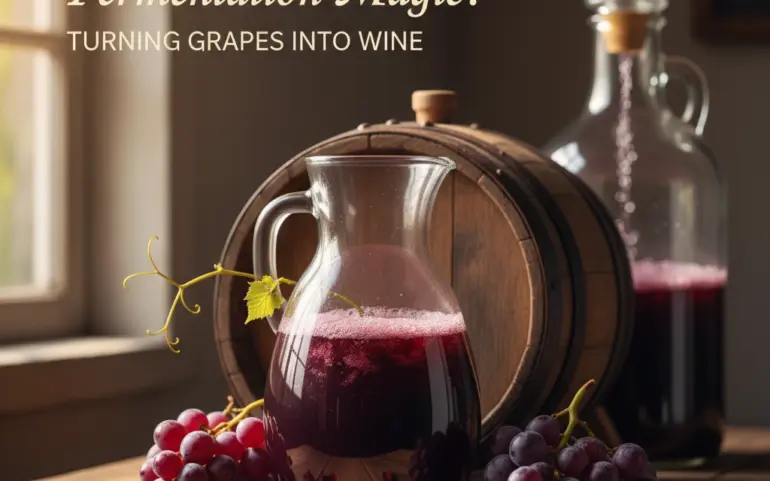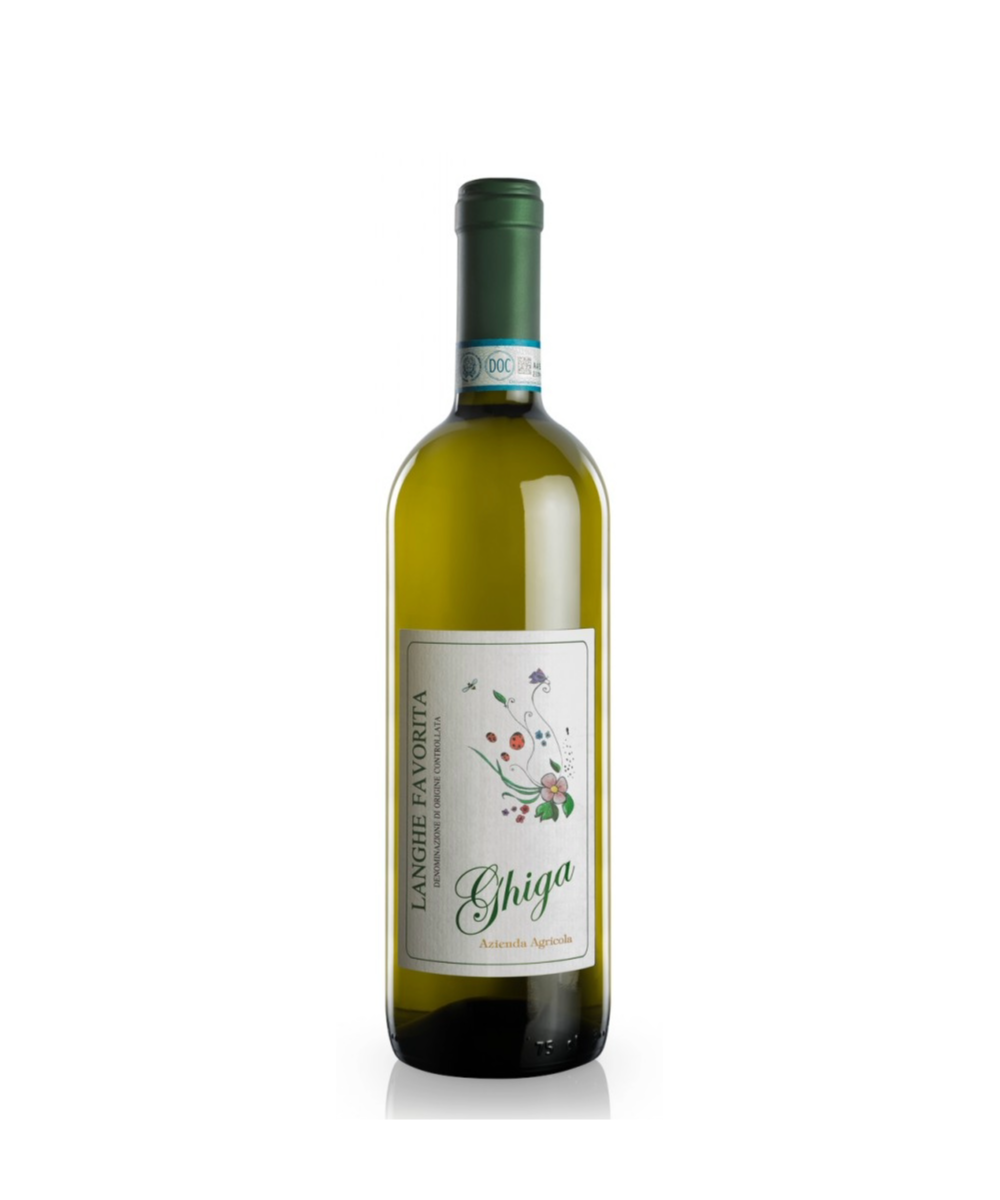Ever wonder how a bunch of grapes transforms into that gorgeous glass of wine you're sipping? It's all about fermentation: nature's most delicious magic trick. Think of it as a controlled party where tiny microorganisms work overtime to create something absolutely amazing.
At its heart, fermentation is surprisingly simple: yeast eats sugar and produces alcohol and carbon dioxide. But like most things in winemaking, the devil's in the details. Let's dive into this fascinating process that turns humble grape juice into liquid poetry.
Meet the Stars: Yeast and Sugar
Picture yeast as the ultimate party guest: they show up hungry and ready to work. These microscopic organisms are the cornerstone of winemaking, and winemakers have two options for inviting them to the party.
First, there's commercial yeast: think of these as the reliable friends you can count on. Wine labs have spent years perfecting these strains to deliver consistent results. Pop open a packet, hydrate them in warm water, and you've got a predictable fermentation process that'll create the same style year after year. A little wine geek/science in the next paragraph that you can feel free to skip over. It's just telling you how certain yeasts can be used as catalysts to break down aromatic chains. ****
Wine yeasts, particularly Saccharomyces cerevisiae and various non-Saccharomyces strains, play a crucial role in shaping the aroma and flavour profile of wine. Here's how they function as catalysts:
🍷 Yeasts as Catalysts for Flavour Development
- Enzymatic Transformation of Grape Precursors: Some wine yeasts produce enzymes like glycosidases, esterases, and proteases that convert non-volatile grape compounds into flavour-active molecules. These enzymes act as biological catalysts, accelerating reactions that release aromatic compounds from bound precursors.
- Unlocking Pre-Fermentative Aromas: Before fermentation, yeasts can activate enzymes that release terpenes, norisoprenoids, and other aroma compounds from glycosidic bonds in grape skins. This enhances floral and fruity notes in the final wine.
- Fermentative and Post-Fermentative Impact: During and after fermentation, yeasts generate hundreds of secondary metabolites—such as esters, higher alcohols, and volatile acids—that contribute to wine's complexity. These reactions are also enzyme-driven and yeast-specific.
- Autolysis and Aging Effects: After fermentation, dead yeast cells undergo autolysis, releasing intracellular enzymes and compounds that further modify wine flavour, especially in sparkling wines aged on lees.
- Strain Selection for Targeted Flavour Profiles: Winemakers often select yeast strains based on their enzymatic capabilities to enhance specific flavour attributes. For example, some strains are chosen for their ability to boost tropical fruit aromas or reduce undesirable sulphur compounds.
🧬 Engineered or Selected Yeasts
While most wine yeasts are naturally occurring or selectively bred, some are designed or genetically modified to enhance specific enzymatic functions. These designer yeasts can:
- Improve flavour release from grape precursors
- Enhance fermentation efficiency
- Reduce off-flavours or undesirable byproducts
Ok back to the regular post:
Then there's wild yeast: the spontaneous, unpredictable friends who show up uninvited but sometimes make the party unforgettable. These naturally occur on grape skins and in the winery environment. Sure, they're trickier to work with and can be a bit temperamental, but they often create wines with incredible complexity and unique character that commercial yeast just can't replicate.
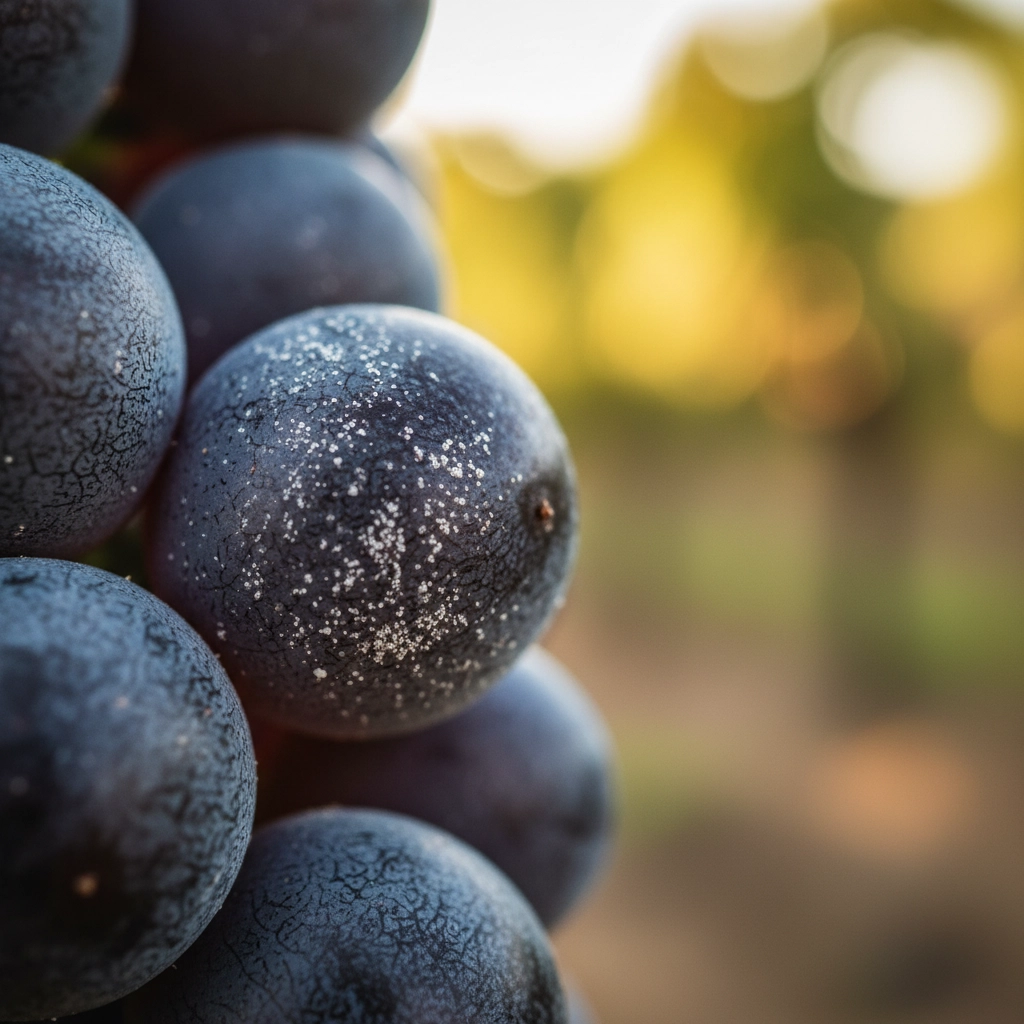
The sugar comes courtesy of the grapes themselves. Those weeks of sunshine and careful vineyard management have concentrated natural sugars in the fruit: fuel for our yeast friends to work their magic. The amount of sugar directly impacts the final alcohol level, which is why harvest timing is so crucial.
The Transformation Begins
Once the grapes are crushed and the yeast is introduced, fermentation kicks off like a well-orchestrated dance. The yeast cells get to work immediately, consuming sugar and converting it into ethyl alcohol and carbon dioxide. You'll literally see the process happening: the tank starts bubbling and fizzing as CO2 escapes.
For most wines, this primary fermentation lasts anywhere from 5 to 21 days. White wines often take their sweet time, fermenting slowly over several weeks to preserve delicate flavors. Red wines typically zip through the process in one to two weeks, though there are always exceptions (looking at you, Amarone, taking up to four years!).
During this time, winemakers become vigilant guardians, monitoring sugar levels with hydrometers and watching temperatures like hawks. Too hot, and the yeast gets stressed and produces off-flavors. Too cold, and fermentation might stall completely.
Red Wine Gets Physical
Here's where red wine production gets interesting: and a bit more hands-on. Since red wines get their color and tannins from grape skins, winemakers need to keep those skins in contact with the fermenting juice. But there's a problem: grape skins float.
Enter two classic techniques that sound like dance moves: punch-downs and pump-overs.
Punch-downs involve using a long tool (imagine a giant potato masher) to gently push the floating "cap" of skins back down into the liquid. It's like stirring a massive pot of the world's most expensive soup. This gentle extraction creates more subtle, elegant wines with refined tannins.
Pump-overs are the more vigorous cousin: wine is pumped from the bottom of the tank and sprayed over the top of the skin cap. This aggressive circulation extracts maximum color and tannins, creating bold, robust wines with serious structure.
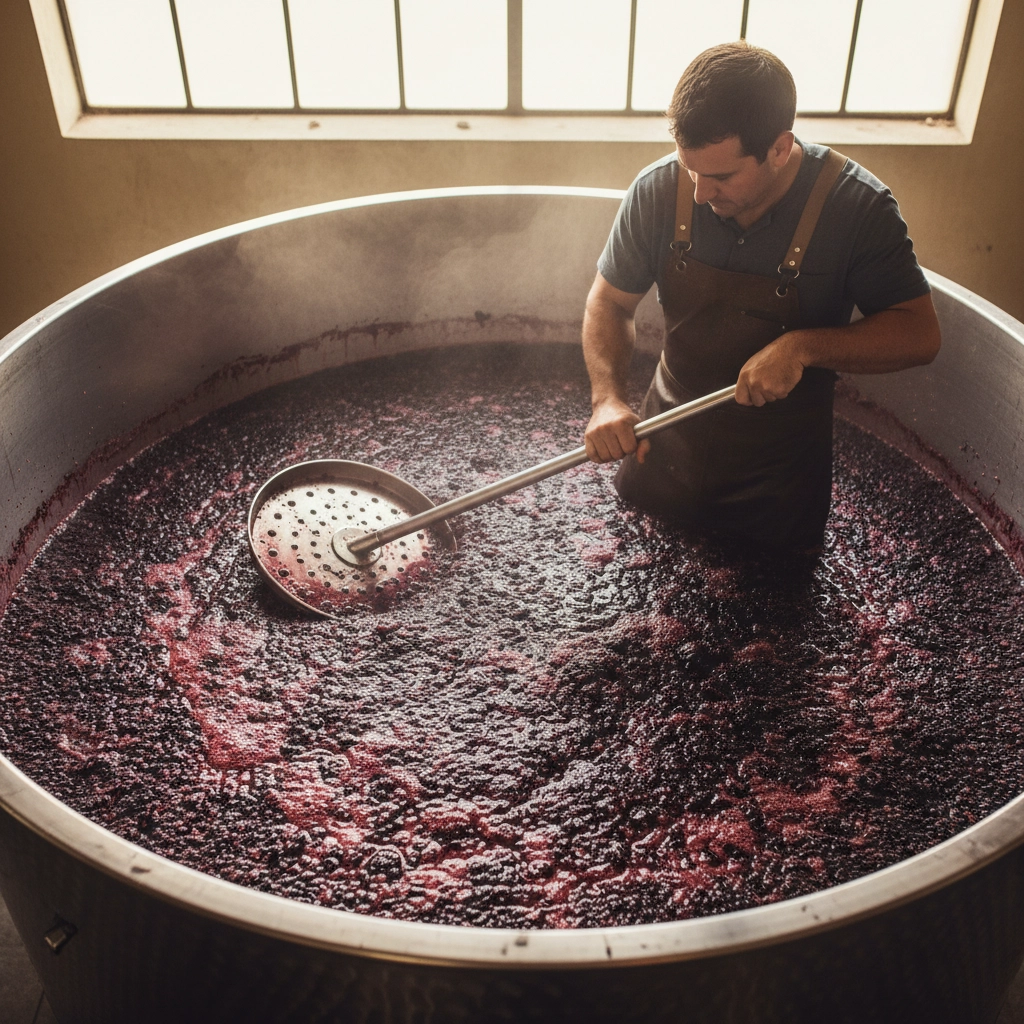
Both methods serve multiple purposes: they keep skins submerged for extraction, provide oxygen to keep yeast happy, and ensure even fermentation throughout the tank.
The Second Act: Malolactic Magic
Just when you think fermentation is done, many wines undergo a second transformation called malolactic fermentation (or MLF for short). This isn't about yeast anymore: it's bacteria's time to shine.
These helpful microbes consume the sharp malic acid in wine (the same acid that makes green apples tart) and convert it into softer lactic acid (think creamy yogurt). The result? Those buttery, creamy flavors you taste in many Chardonnays and virtually all red wines.
MLF is like wine's finishing school: it smooths out rough edges and adds complexity. Nearly every red wine goes through this process, while only select whites like Chardonnay get the full treatment.
What Winemakers Control
Think of winemakers as conductors of a fermentation orchestra. They can't control every note, but they can guide the performance through several key decisions:
Temperature is huge. Cooler fermentations (around 15-18°C for whites) preserve delicate aromatics and create crisp, fresh wines. Warmer fermentations (21-29°C for reds) extract more color and tannins but require careful monitoring to avoid stuck fermentation.
Vessel choice matters too. Stainless steel tanks maintain clean, pure flavors. Concrete eggs add a subtle softening effect. Oak barrels contribute vanilla and spice notes while allowing tiny amounts of oxygen to interact with the wine.
Timing decisions can make or break a vintage. When to press red wines off their skins, when to rack wines off their lees (dead yeast cells), and when to begin or prevent malolactic fermentation all impact the final product.
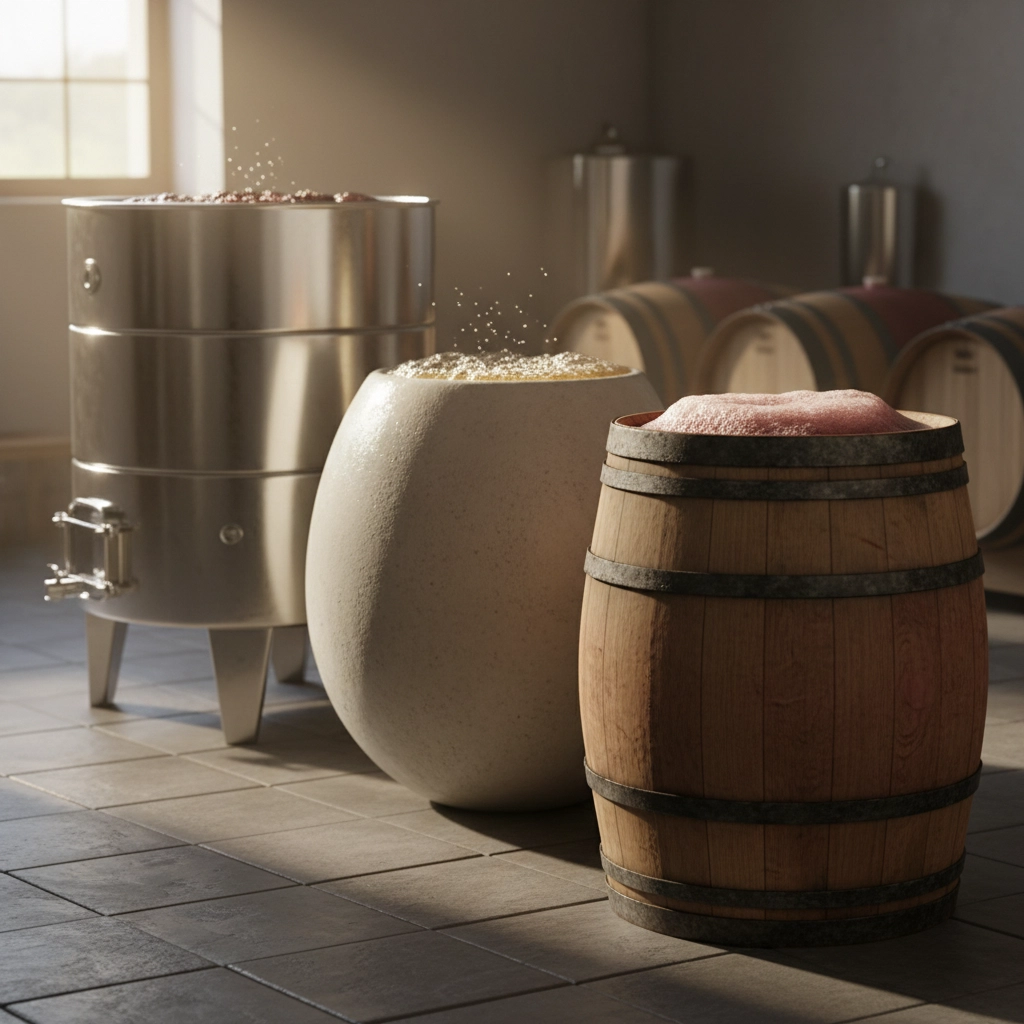
Fun Fermentation Facts
Here are some fascinating tidbits to impress your wine-loving friends:
- A single gram of yeast contains about 15 billion individual cells: talk about a workforce!
- Fermentation generates enough heat to warm a tank several degrees. Large-scale wineries use cooling systems to prevent overheating.
- The "bloom" you see on fresh grapes isn't dirt: it's wild yeast waiting for its moment to shine.
- Some traditional winemakers still stomp grapes by foot because human feet are gentler than machines and won't crush the bitter seeds.
- Carbon dioxide is heavier than air, so fermentation rooms can actually become dangerous if CO2 levels build up. Many wineries have safety alarms for this reason.
Tasting the Results
Understanding fermentation helps you appreciate what you're tasting in your glass. Those jammy fruit flavors in young wines? That's recently converted sugar still expressing itself. The creamy texture in your favorite Chardonnay? Thank malolactic fermentation. The structured tannins in that Cabernet? They were carefully extracted during fermentation through punch-downs and pump-overs.
Even wine faults can trace back to fermentation issues. Stuck fermentation creates off-dry wines when some sugar remains unconverted. Temperature spikes during fermentation can create "cooked" flavors. It's all connected.
The Art Meets Science
While we can explain the science behind fermentation, there's still magic in the process. No two fermentations are identical, even with the same grapes, yeast, and conditions. Fermentation reflects the unique combination of fruit, place, timing, and human decisions that make each wine special.
This is why great winemakers talk about "listening" to their fermentations and making intuitive decisions based on how things smell, taste, and feel. Technology provides the framework, but artistry guides the details.
Next time you swirl a glass of wine, take a moment to appreciate the incredible transformation that happened in the cellar. From simple grape juice to complex wine: that's fermentation magic at work. Each sip represents thousands of years of winemaking knowledge combined with the unique expression of a specific place and vintage.

